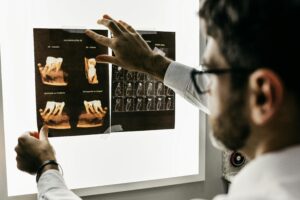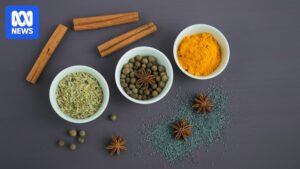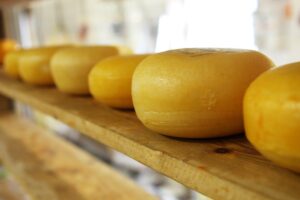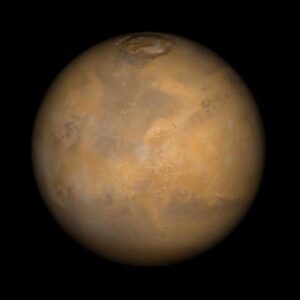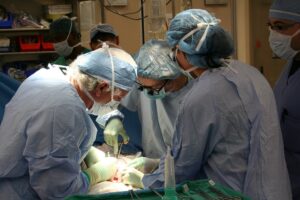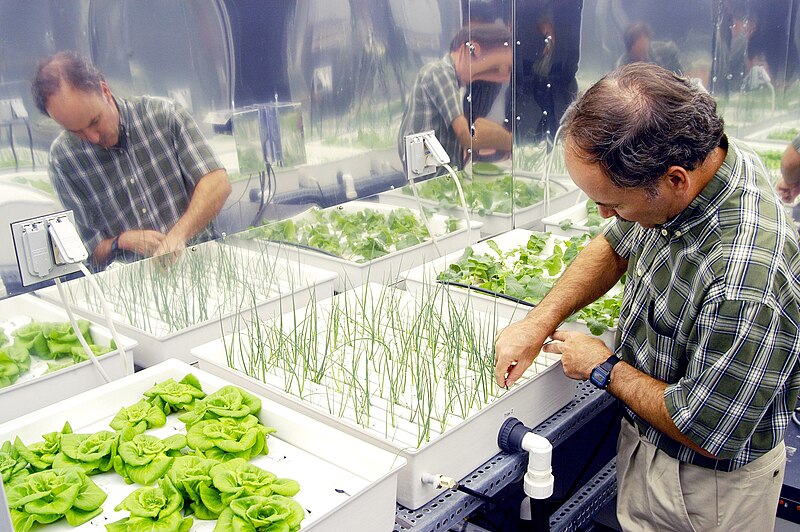
NASA is enlisting the help of citizen scientists to determine which varieties of lettuce might one day sustain astronauts on long-duration space missions. Through the Growing Beyond Earth program, in collaboration with Fairchild Tropical Botanic Garden, volunteers are tasked with cultivating selected lettuce varieties at home. Their results will be compared with crops grown in space-like conditions to identify the most suitable candidates for space travel.
The initiative underscores the importance of fresh produce in space. Food prepared for extended space missions tends to lose nutritional value over time, particularly vitamins that are vulnerable to degradation from time and radiation exposure. Fresh crops can replenish these essential nutrients, providing vital micronutrients that pre-packaged meals may lack after months in storage. Additionally, the psychological benefits of growing and consuming fresh produce are significant, offering a refreshing change from the monotony of sealed rations.
Why Fresh Crops Matter in Space
Lettuce has already proven its worth as a candidate for space cultivation. Astronauts aboard the International Space Station (ISS) have successfully grown and consumed several lettuce crops, demonstrating that simple leafy greens can be reliably cultivated in orbit. Lettuce’s rapid germination, compact size, and minimal resource requirements make it an ideal model crop for further testing.
The current study extends some of the testing beyond NASA’s labs, moving into schools, homes, and community groups. Participants are asked to monitor growth, leaf color, and yield, while also recording environmental conditions. This approach generates substantial data on how different lettuce strains perform under various stresses.
“Previous Growing Beyond Earth trials in U.S. schools have already helped NASA choose crops to send to the ISS, and the current expansion scales that work to a wider audience.”
Worldwide Data Gathering
The focus of the study is twofold: production and nutrition. Special attention is given to vitamins C and K, folates, and other compounds crucial to human health. The results could reveal which lettuce varieties are most resilient and nutrient-rich when conditions are less than ideal.
NASA’s long-term goal is to reduce reliance on supply missions by developing food systems that integrate with oxygen generation and water recycling. Small crops like lettuce are a step toward this goal, serving as a testbed for larger-scale hydroponics and controlled farming methods.
“With the help of the public, the agency can scale up testing while also giving citizens a direct role in shaping how astronauts eat while on missions in space. A simple salad leaf may just be the beginning of building a sustainable space diet.”
Food Systems for the Future
The announcement comes as space agencies worldwide are increasingly focused on sustainability and self-sufficiency in space missions. By involving the public, NASA not only expands its research capabilities but also fosters a sense of participation and investment in space exploration. This collaborative approach could pave the way for more innovative solutions to the challenges of long-term space travel.
As NASA continues to explore the potential of fresh crops in space, the Growing Beyond Earth program represents a significant step forward. By leveraging the power of citizen science, NASA is not only advancing its research but also inspiring a new generation of space enthusiasts and scientists. The results of these trials could have far-reaching implications, not just for space travel but also for sustainable agriculture practices on Earth.
